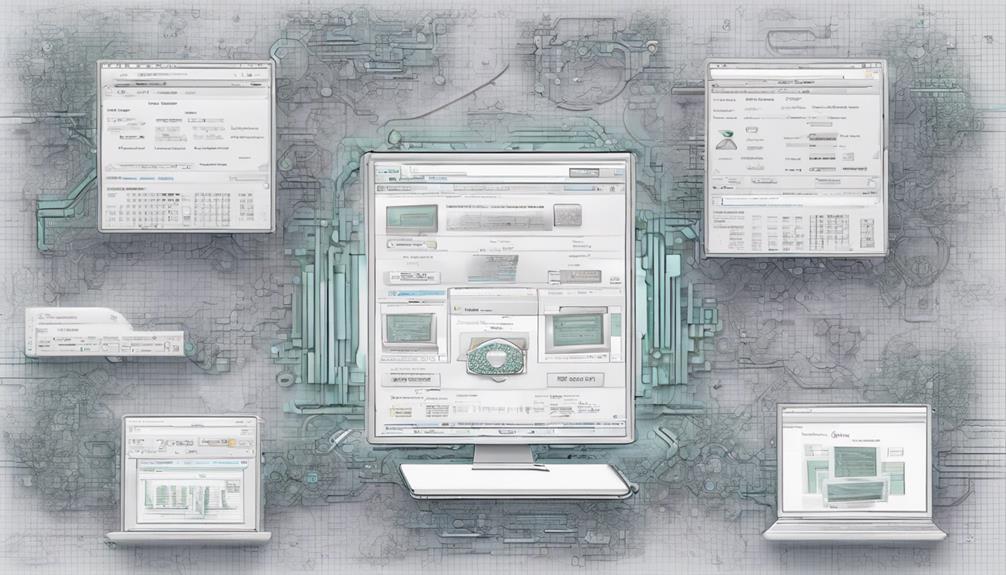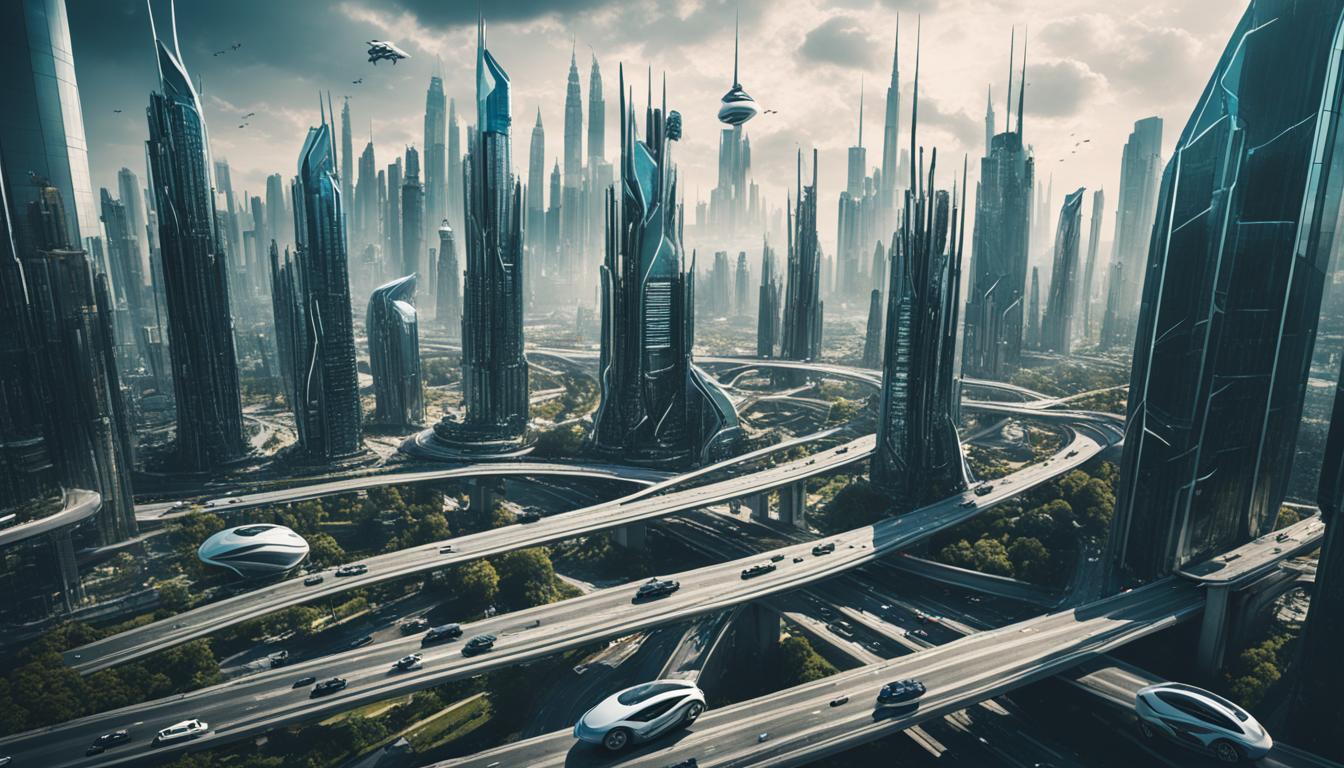Having trouble with an AirTag not connecting after replacing the battery can be frustrating. To address this issue, a systematic approach is needed, starting with basic steps like verifying the battery’s position and level of charge.
However, the solution might not be as straightforward as anticipated. Various factors, including software updates and signal obstructions, could play a role in the AirTag's reluctance to connect.
To uncover the root cause and resolve this disconnection dilemma, a deeper exploration into the intricacies of AirTag functionality and compatibility might be required.
Key Takeaways
- Properly reset AirTag by holding the white side for 15 seconds.
- Ensure correct battery installation with clean contacts.
- Update AirTag firmware via Find My app for enhancements.
- Seek Apple Support for expert assistance in resolving connectivity issues.
Common Causes of Connectivity Issues
Common Causes of Connectivity Issues with AirTags often stem from issues related to battery installation and maintenance.
When an AirTag stops working after a battery replacement, it is crucial to ensure that the new battery is of good quality and has been correctly installed. Improper battery installation, such as misalignment of the battery contacts, can lead to connectivity problems. Additionally, using a faulty or low-quality replacement battery can also hinder the AirTag from connecting to devices.
Dirt accumulation on the battery contacts is another common issue that can disrupt connectivity. Regular maintenance to keep the contacts clean can prevent these problems.
If an AirTag has stopped working due to connectivity issues, troubleshooting steps such as resetting the device by removing and reinserting the battery, or restarting the AirTag can often resolve the problem. Ensuring that the AirTag firmware is up to date and checking for any software compatibility issues can also help in troubleshooting connectivity problems effectively.
Resetting the AirTag

When troubleshooting connectivity issues with AirTags, a crucial step is to perform a reset by pressing and holding the white side of the AirTag for 15 seconds until a sound confirms the reset process. This reset action helps to clear any lingering connection issues that may have arisen after replacing the battery. Once the sound indicates that the reset is successful, you can attempt to reconnect the AirTag to your device. It's important to make sure the AirTag is in close proximity to your device during this reconnection process.
| Resetting the AirTag | |
|---|---|
| 1. Press and hold the white side of the AirTag for 15 seconds | ✔️ |
| 2. Listen for the sound confirming the reset | ✔️ |
| 3. Reattempt connecting the AirTag to your device | ✔️ |
| 4. Ensure the AirTag is near your device | ✔️ |
| 5. Follow these steps to resolve connectivity issues | ✔️ |
Checking Battery Installation
To ensure optimal functionality of your AirTag, it is imperative to meticulously inspect the correct installation of the battery, emphasizing proper orientation with the positive side facing upward within the device.
Here are five steps to check the battery installation:
- Insert the battery correctly: Carefully place the battery in the AirTag with the positive side facing up, following the device's guidelines precisely.
- Clean the battery compartment: Ensure the battery compartment is free from any dirt or debris that may impede the battery connection.
- Verify battery type and size: Double-check that the battery type and size match the specifications required for the AirTag to operate efficiently.
- Secure placement: Confirm that the battery is securely in place and that the compartment is properly closed to establish a connection.
- Test with a fresh battery: If issues persist, try testing the AirTag with another fresh battery one by one to rule out any problems with the replacement battery.
Updating AirTag Firmware

After ensuring the correct installation of the battery in your AirTag, the next step to troubleshoot connectivity issues involves updating the device's firmware. Firmware updates are a good thing as they often contain bug fixes and improvements that can help resolve connectivity issues. To update the AirTag firmware, make sure it is near an iPhone running iOS 14.5 or later. Open the Find My app on the iPhone and locate the AirTag in the Items tab to check for available firmware updates. If an update is available, follow the on-screen instructions to download and install the new firmware on the AirTag. Once the firmware update is complete, attempt to reconnect the AirTag to your Apple ID to see if the connectivity problem has been resolved.
| Steps to Update AirTag Firmware |
|---|
| Ensure AirTag is near iPhone with iOS 14.5 or later |
| Open Find My app and locate AirTag in Items tab |
| Follow on-screen instructions to update firmware |
Updating the AirTag firmware can be a crucial step in restoring proper connectivity, making it a good thing to address during troubleshooting.
Contacting Apple Support
Expert assistance from Apple Support can be instrumental in diagnosing and resolving AirTag connectivity issues post-battery replacement. When contacting Apple Support, users can expect the following benefits:
- Access to troubleshooting guidance specifically tailored to AirTag connectivity problems.
- Expert solutions provided by Apple Support specialists well-versed in AirTag technology.
- Personalized assistance to efficiently address and resolve any connectivity issues with the AirTag.
- Detailed diagnosis of underlying technical issues that may be impacting AirTag connectivity after a battery replacement.
- Step-by-step instructions and troubleshooting tips to help reestablish the connection between the AirTag and the user's device.
Frequently Asked Questions
What Is the Meaning of for Troubleshoot?
Troubleshooting is the systematic process of identifying and resolving issues within a system. It involves diagnosing problems, determining root causes, and implementing solutions to restore normal operation. The goal is to address underlying causes effectively and restore proper functionality.
What Is the Meaning of Troubleshooting Situation?
A troubleshooting situation involves methodically identifying and resolving issues in a device or system. It necessitates analyzing symptoms and implementing solutions. Employing logical reasoning and problem-solving skills, the goal is to diagnose and address the root cause to restore normal operation.
What Are the 5 Types of Troubleshooting?
The five types of troubleshooting are hardware, software, network, security, and user troubleshooting. Hardware deals with physical components, software with functionality, network with connectivity, security with vulnerabilities, and user with issues caused by user actions.
What Is the Meaning of Troubleshooters?
Troubleshooters are skilled professionals adept at identifying and resolving complex issues within systems. They utilize systematic problem-solving methodologies, combining technical expertise and critical thinking to diagnose and effectively address a wide range of technical problems.
Conclusion
In conclusion, troubleshooting an AirTag that won't connect after replacing the battery requires meticulous attention to detail and systematic problem-solving.
By following the steps outlined in this article, such as resetting the AirTag, checking battery installation, and updating firmware, users can likely resolve connectivity issues efficiently.
Remember, in the world of technology, even the smallest glitch can be magnified, so it is crucial to approach problem-solving with precision and patience.
Ava combines her extensive experience in the press industry with a profound understanding of artificial intelligence to deliver news stories that are not only timely but also deeply informed by the technological undercurrents shaping our world. Her keen eye for the societal impacts of AI innovations enables Press Report to provide nuanced coverage of technology-related developments, highlighting their broader implications for readers.










